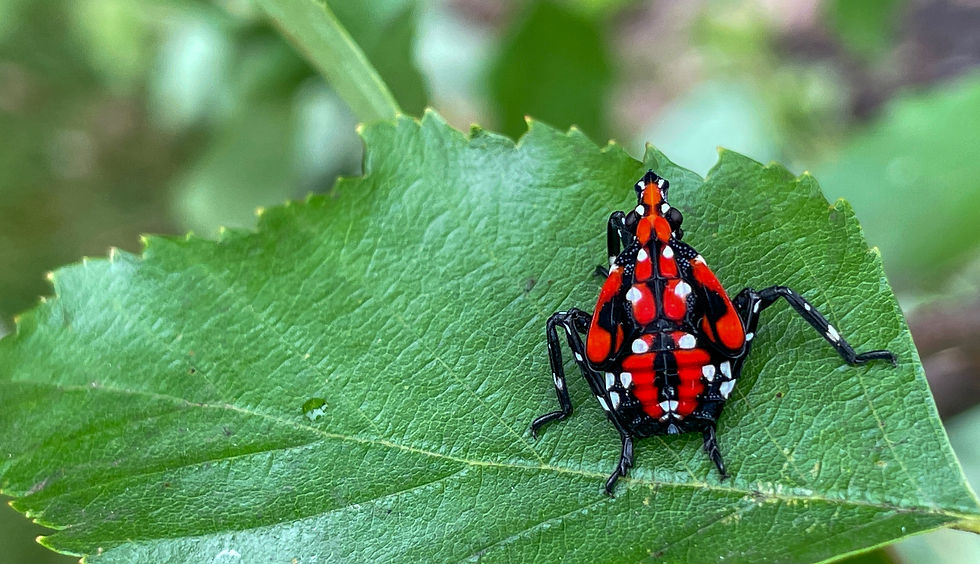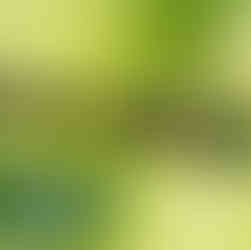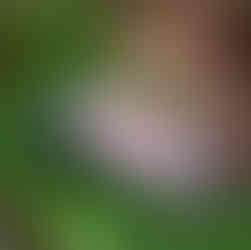Red Spotted Lanternfly: Virginia Residents Act Now!
- Mike Balas

- Jul 8
- 4 min read
The red spotted lanternfly is an invasive species with no real natural local predators - and it's been spotted in and around Richmond, Virginia this summer.

The red spotted lanternfly is so destructive that the Virginia Department of Agriculture and Consumer Services (VADCS) has imposed a quarantine in the past to curb the spread and impact of these pests. There are many counties in affected areas that maintain quarantines or other regulations to prevent the spread of red spotted lanternflies due to their destructive potential.
How Can I Identify A Red Spotted Lanternfly?
The picture above is an immature specimen. The nymphs are black and wingless with white spots. Eventually, the black turns to red patches. Red spotted lanternflies grow to be about an inch long in their adult form. As they mature, they develop two sets of wings. The hindwings are red and white with black spots; the forewings are gray with black spots. When folded, these forewings will cover the hindwings, making the red spotted lanternfly look similar to a moth. Although might be mistaken for a moth or butterfly, and their name calls them a fly, they are actually a planthopper. They can jump and they can fly.
Why Are Red Spotted Lanternflies So Bad?
The red spotted lanternfly is problematic in a number of ways. First, they are an invasive species, likely transported from Asia unknowingly on shipping containers. As such, they have no real natural predators in the United States. While there are some birds, spiders, and bugs that will attack the red spotted lanternfly, there aren't many and they aren't consistent. Without natural predators to keep populations at bay, the red spotted lanternfly can spread unchecked at great rates. This is also aided by the fact that they lay eggs in masses of 30-50 at a time, which are coated with a substance that camouflages them to look like mud. Not only does this hide them on stationary objects, like trees, but it also hides them from detection on transported items, adding to the rapid spread as those eggs are moved to new locations and hatched there.
While spotted lanternflies don't bite humans, there is some debate about the toxicity to pets. However, they do have incredible destructive capability to vegetation. Not only do they weaken or kill plants and trees directly by sucking out the sap, the waste they excrete on those plants encourages a black ashy mold. This mold is a fungal disease that decreases the plant's ability to photosynthesize and, therefore, stay alive. Even worse, these pests aren't picky. While they prefer certain types of vegetation, they will feed on a huge variety of fruit trees, woody trees, ornamental trees, vines of all kinds, vegetables, herbs, and grain crops. They will even infest indoor potted plants.
As a homeowner, the impacts can be frustrating and costly. As a community, the implications are far-reaching, as large populations of these insects can destroy crops of all kinds, including vineyards and grain fields. With our area being prolific in farms, vineyards, and orchards, it could have significant economic impact to our local population.
One more problem with red spotted lanternflies: they produce a sugary liquid that attracts other insects, like wasps, bees and ants - drawing even more potentially destructive pests into the already weakened areas and giving you even more unwanted and sometimes dangerous pests to deal with.
How Can I Protect My Home From Red Spotted Lanternflies?
It's important to curb the growth of the red spotted lanternfly population. The VDACS has asked residents to be vigilant in helping manage the spread of these insects. Check vehicles, camp chairs and other items before leaving infested areas. Kill any red spotted lanternflies you find. If you have an infestation on your property, manage it immediately. Report infestations to the VADCS. (For more information on affected areas and how to report invasive species, go to the VADCS website.) The USDA has also urged everyone to look for egg masses on your property and then smash and scrape them off before they can hatch. These pests are active from early spring until December, so make sure you're paying attention almost year-round.
If you spot any egg masses, nymphs, or adult red spotted lanternflies on your property, take immediate action. While it may be tempting, do not try to use DIY solutions such as vinegar, dish soap or other mixtures to handle these pests. They do not effectively kill this species and, according to experts, may actually make the problem worse.
Insecticides can be effective but make sure that any pesticide that is being used by you or a professional company is approved by the EPA, is effective against red spotted lanternflies, and is safe to use in areas such as gardens and ornamental tree locations.
We are always ready to help with your pest control needs; especially against pests that are as potentially hazardous to our community and neighbors as these. Call us today!
For more information on local Virginia pests, check out our pest library












Comments